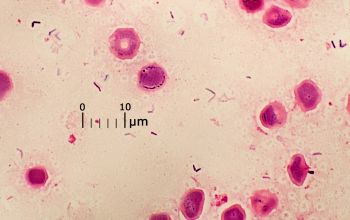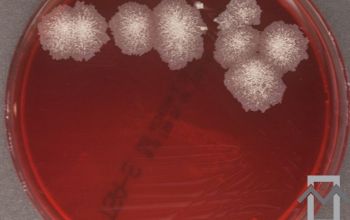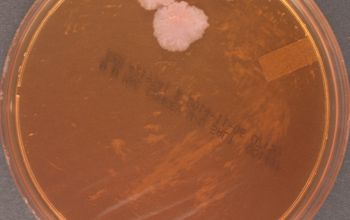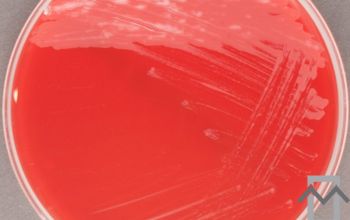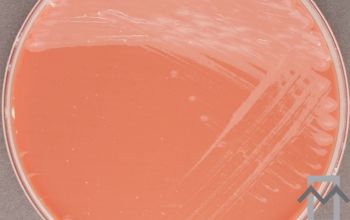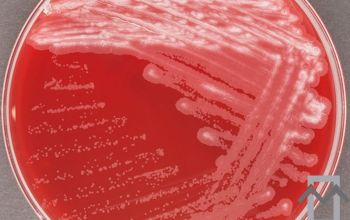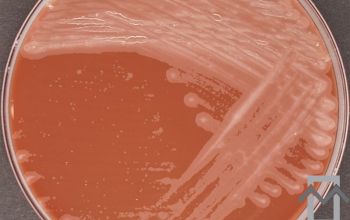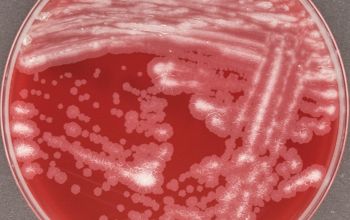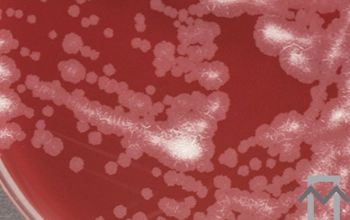Mycobacterium abscessus (Mycobacteroides abscessus)(
-
General information
M. abscessus belongs to the family of nontuberculous mycobacteria (NTM) classified in the rapidly growing mycobacteria (RGM)
Taxonomy
Family: Mycobacteriaceae
Genus: Mycobacteroides abscessus
Formely: Mycobacterium abscessus
M. abscessus ssp abscessus
M. abscessus ssp massiliense
M. abscessus ssp bolletii
Natural habitats / RGM
They are ubiquitous in soil, water and dust.
It has been known to contaminate medications and products, including medical devices.
General information
Infections caused by M. absessus complex, are more difficult to treat because of antimicrobial drug resistance.
M. abscessus can cause a variety of infections such as post traumatic wound infection and disseminated cutaneous diseases and chronic otitis media, bacteremia and ocular and other infections..
It is also cause of serious lung infections in persons with various chronic lung diseases, such as cystic fibrosis.
Symptoms
Skin is usually red, warm, tender to the touch, swollen and painful.
Other signs of infection are fever, chills, muscle aches, and a general feeling of illnes.
-
Gram stain
Straight or slightly curved Gram positive rods,
between 0.5 µm x 1.0-2.5 µm.
They do not stain well with Gram stain.
Gram stains of colonies showing faintly staining, "ghost-like" beaded Gram-positive bacilli are often helpful in establishing a diagnosis of mycobacteriosis.
Kinyoun:
Positive (acid fast)
One acid-fast bacillus/slide is regarded as "suspicious"of a Mycobacterium infection.
-
Culture characteristics
-
Obligates aerobic / RGM
The colonies are non-pigmented.
M. abscessus exhibit 2 different colony types:
1) with smooth and shiny morpholgy
2) with rough and dry morphology
1) smooyh colony mainly in wounds
2) rough colony mainly in airways
Separation of M. chelonae and M. abscessus cannot reliably be accomplished with HPLC or commercial DNA probes, but can be accomplished biochemically
1. utilization of citrate
2. drug susceptibility patterns
3. polymerase chain reaction-restriction length polymorphism analysis (PRA).
-
-
Characteristics
-
References
James Versalovic et al.(2011) Manual of Clinical Microbiology 10th Edition
Karen C. Carrol et al (2019) Manual of Clinical Microbiology, 12th Edition
Healthcare-associated Infections / CDC
Mycobacterium abscessus: an enviromental mycobacteria being a human pathogen. / International Journal of Mycobacteriology


